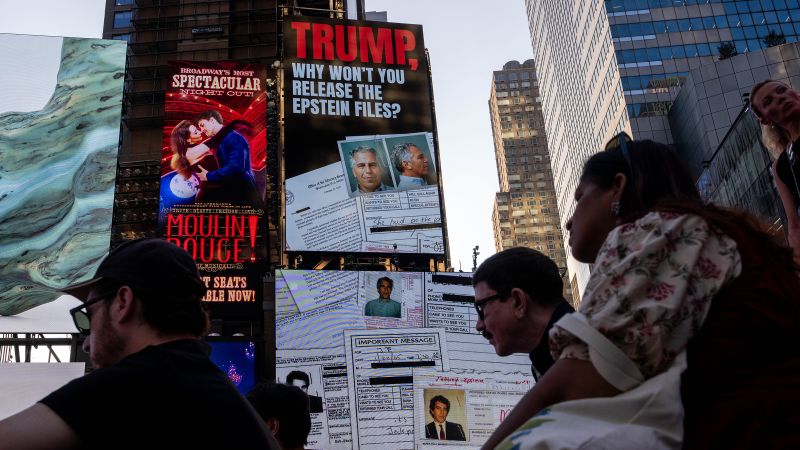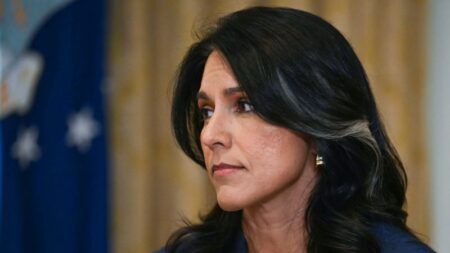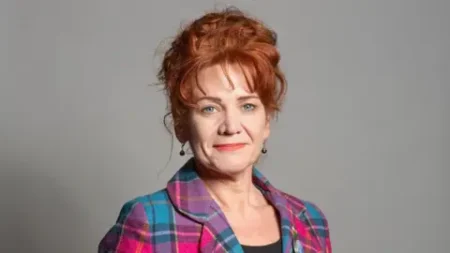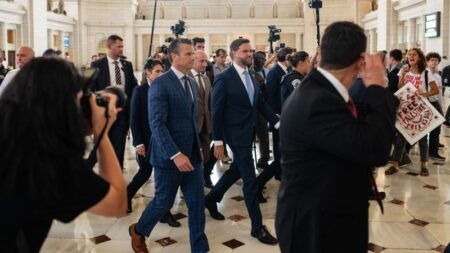The unexpected decision of the Trump administration to withhold the release of Jeffrey Epstein’s files raises numerous questions, particularly as it appears to align with President Trump being informed that his name was mentioned within those files. As discussions unfold, it becomes apparent that the troubling implications of this situation resonate deeply, raising concerns not just about accountability but also about the echoing ramifications of such a decision within the political and social realms.
Despite Trump not being formally accused of any misconduct connected to Epstein, claims continuously emerge from him that stir controversy and intrigue. Recent statements made by Trump downplay his connections to Epstein, adding fuel to speculation while simultaneously inviting skepticism. One significant instance occurred when Trump claimed that Attorney General Pam Bondi did not inform him that his name appeared in the Epstein files — a denial swiftly contradicted by factual reporting confirming that she had done so.
This exchange illustrates a broader narrative wherein Trump’s attempts to diminish his association with Epstein become more convoluted. For instance, Trump denied involvement in a letter reportedly given to Epstein for his 50th birthday, despite various evidences indicating an existing relationship between the two during that time. The contents of this letter included an outline depicting a naked woman, and a fictitious dialogue between Trump and Epstein, tracing a far more complicated relationship into public scrutiny.
Historically, Trump’s public persona emphasizes a dismissal of any characterization that portrays him as an artist or someone who sketches, often citing that such behavior does not conform to his character. Yet, as investigations reveal, a pattern emerges contradicting this assertion — items claiming his artistic flair exist, and he has even acknowledged sending doodles to charity.
Additionally, as reports surfaced indicating Trump’s potential contributions to a collection of birthday letters for Epstein, a growing body of evidence begins to reevaluate the narrative he constructs about his relationship with Epstein. This scrutiny extends to his earlier claims, like those wherein he alleged he was “not a fan” of Epstein, suggesting a benign acquaintance fostered simply by their Palm Beach proximities. In stark contrast, evidence suggests a much friendlier connection existed in the earlier years, as interactions reportedly included Trump’s acknowledgment of Epstein as “a terrific guy.”
Adding layers to the narrative are contradictory statements surrounding Trump’s ties with other prominent figures. In 2019, Trump downplayed his connections with Prince Andrew, who was embroiled in allegations linked to Epstein, while photographic evidence evidencing their camaraderie contradicted his claims. Not only has Trump denied having personal connections with Andrew, but he also stated unequivocally that he had never flown on Epstein’s plane, despite documented flight logs indicating he had done so several times.
The striking nature of these denials raises pivotal questions: Why would someone, particularly a figure of Trump’s stature, delve into such seemingly indisputable falsehoods? If the truth held nothing sinister, why fabricate or warp the narrative? This question becomes increasingly pertinent as viewers witness a pattern of omitted truths and contentious claims regarding Epstein and his connections.
Through this saga, it’s essential to highlight that Trump’s history of misleading rhetoric surfaces time and again, yet the impelling need to distort straightforward associations, particularly in this context, may seem counterintuitive. Creating unnecessary complexities by denying straightforward truths raises suspicion rather than alleviating it, exhibiting a consistent thread throughout the political and public domain.
This conundrum echoes Trump’s previous critiques of others entangled in controversy, reflecting his acumen for capitalizing on their missteps. His rhetorical questioning about others misrepresenting their associations with Epstein reveals a paradox when juxtaposed against his actions, emphasizing a disconcerting tendency to evade accountability amidst elaborate untruths aimed at navigating through precarious connections. As this topic continues to unfold, it remains crucial to dissect the layers of public discourse surrounding such prominent figures and their entangled histories with individuals like Epstein.











